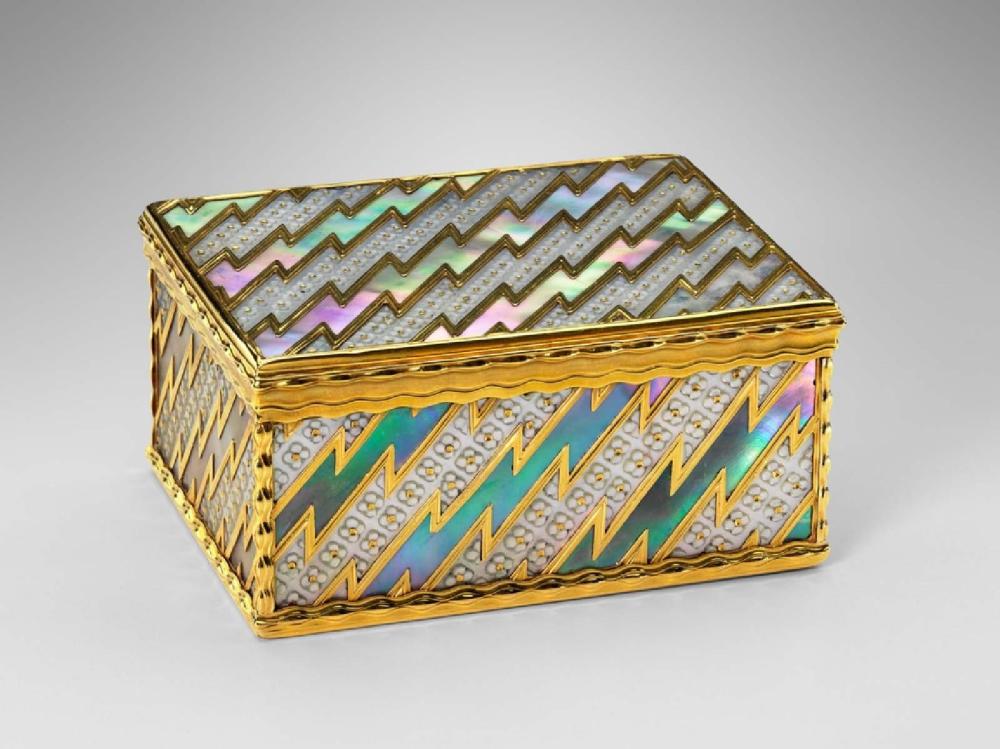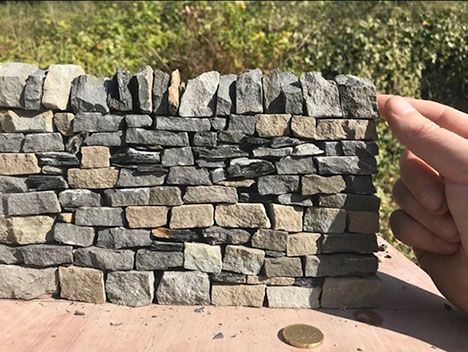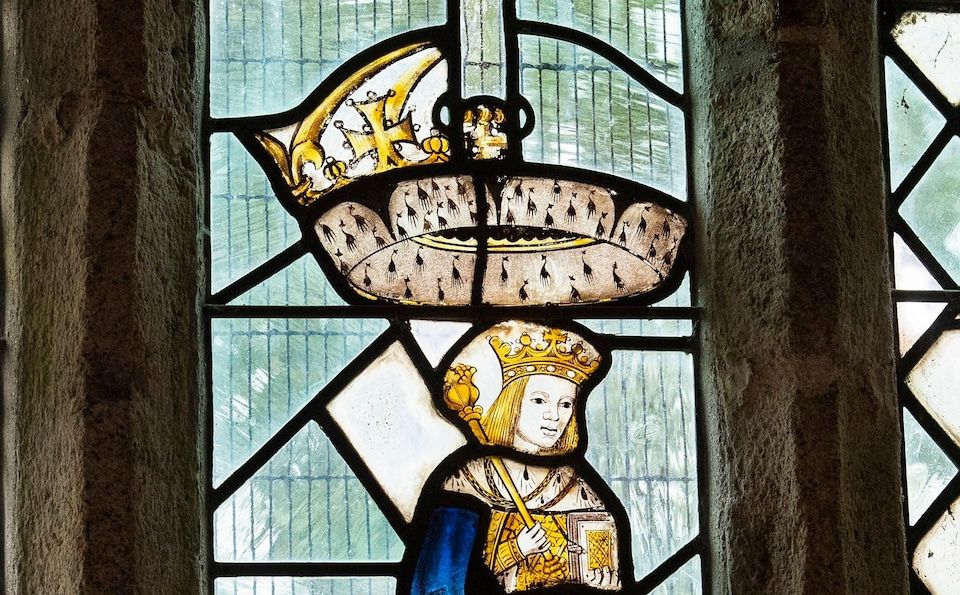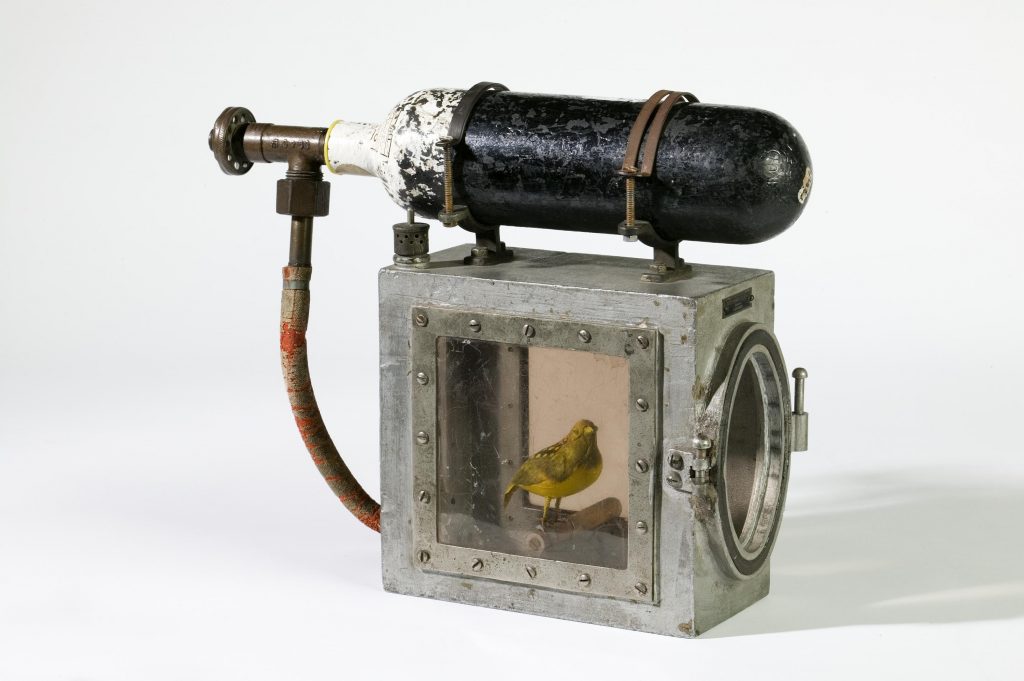the tiffany problem

The Tiffany problem is the idea that there are some things go against what we think is historically accurate, that even if they are legitimately accurate to an earlier period, we can't process it. The name Tiffany is one of them! It dates to the medieval period, deriving from theophania which means "manifestation of God" and is another word for Epiphany. Granted! It was spelled as Teophanie, but you get the drift. This snuffbox (pictured above) from the MFA is another one. It is from 1740s France, made with mother of pearl (hence the rainbows) and my brain cannot process that it is not a modern-day creation. The lightning bolts!!!

Thrilled to learn of the existence of the annual International Miniature Dry Stone Walling Competition, which is precisely what it says it is. My love of small niche competitions (see also L’Association pour la Sauvegarde de l’Œuf Mayonnaise, or, the Association for the Protection of Egg Mayonnaise) knows very few bounds.

Big news for Richard III fans out there: turns out he might not have killed the princes in the Tower! The project is being led by the same people that found Richard in a carpark in Leicester, so who knows!
For a quick history lesson, mostly in apology to people that I yelled this news to who responded "Who are the Princes in the Tower?": Richard was King Edward IV's brother, and named Lord Protector over his nephew, Edward V, who was 12 at the time of his father's death. BUT! Before Edward could be crowned, his parents marriage was declared illegitimate (it's a very thin premise), and thus he and his younger brother Richard (9 years old), couldn't inherit the throne. Richard was then proclaimed king, and the princes disappeared, and it's long thought that Richard murdered them, (Shakespeare includes it as a key plot point in Richard III - see IV.ii.75-78) but especially because the skeletons of two boys were found in the Tower of London in 1674.

What have we learned: A mysterious man named John Evans showed up in Devon, notably with no other history to him, and was granted the title of Lord of the Manor, and in charge of the deer park there, which is a Big Deal, especially considering he shows up out of nowhere. Eventually, he built a church which is chock a block full of references to Edward V and the House of York, including a stained glass portrait (one of only three that exist!) and symbolism like 41 deer in the ermine of the crown (this is unprecedented to not use a stoat or symbolic ermine spot) when the date of the chapel being built, Edward V would have been 41. And the church is in the middle of nowhere, so why such a dedication to a young king that was never crowned? It may be nothing, but also, everyone was convinced Richard III was dumped in a river and not under a carpark, so we shall see!

I had no idea there were so many variants of Ouija Boards! Also that the history was wild, involving the Patent Office only granting the patent if the board could spell the name of the chief patent officer (which it did, it's obviously never said if they had insider information) and the fact that the patent doesn't even offer an explanation on how it works! This piece from Smithsonian Magazine dives into the history as well as the mechanics (non-conscious movement!) and it's a great read.

An all-timer of a headline, featuring Cosmo the crow outwitting wildlife troopers, and eventually "would sit on top of Planet Fitness, talking to people who were going in" looking for his (human) caretaker. They were eventually reunited after "about 45 minutes of...offering sardines."

Manchester's Science & Industry Museum highlighted one of their curator's favorite objects: a canary resuscitator. Used in, you know, coal mines (like the idiom), because canaries are more sensitive to carbon monoxide, and if the canary started to get sick, you could pump oxygen in to revive the canary.
Finally, let's take a trip to this mushroom-themed hotel in China. There are hot tubs in the rooms with view of the mushrooms, it's all anyone could ever want!

Thank you all for hanging in here, I know it's been a while since I sent one of these out, but I still love it very much, and things have settled down now, so we're ready for more!
